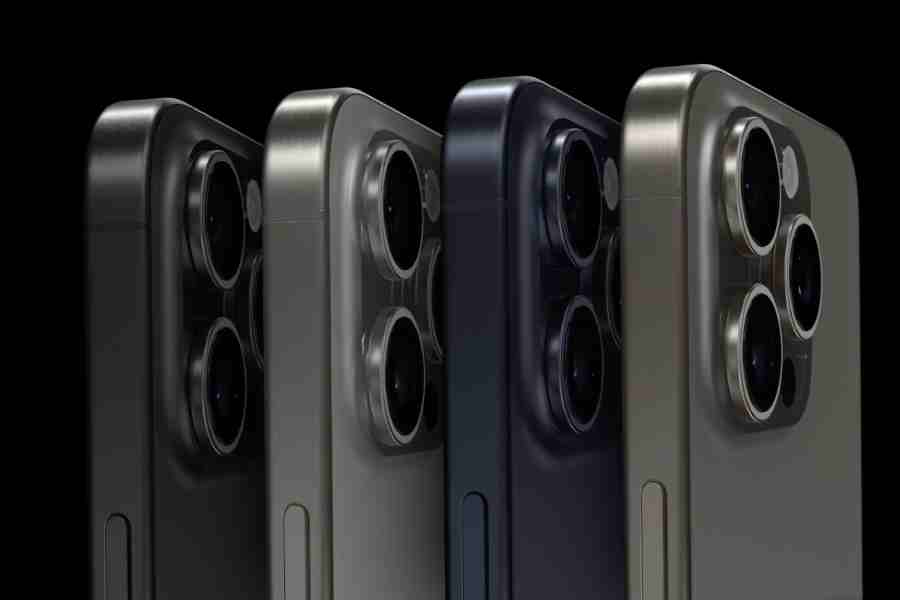Every September for the past decade, Apple has convened media from around the world for a marketing event that celebrates the creative feats behind its newest iPhone.
But this year, Apple’s elite designers and engineers have bent their creative process and marketing extravaganza to the design demands of European regulators, who passed a rule mandating USB-C charging across electronic devices.
On Wednesday, Apple revealed that its newest product line, the iPhone 15, will drop the company’s proprietary Lightning port in favor of European-mandated USB-C ports. The company’s newest iPhones feature a charging plug that is slightly bigger and rounder than its predecessor but capable of delivering a faster charge.
The rule was aimed at reducing electronic waste and saving customers money by making one port compatible across an array of devices. Although Apple resisted the change, warning that government mandates could stifle innovation, it will make it possible to use the same USB-C cord that powers a Mac to charge an iPhone.
In addition to the iPhone, the company unveiled its wireless earbuds, the AirPods Pro, with a USB-C charging case.
The change speaks to how regulators are altering Apple’s business. Apple has positioned itself as the primary gatekeeper for more than 1 billion iPhone users worldwide by building proprietary hardware and services. To reach those customers, app developers have given the company as much as a 30% cut of their sales, and accessory companies have paid fees to make cords with Lightning ports.
But amid rising concerns about tech companies’ power over the global economy, governments have passed rules and issued warnings that are forcing Apple to open up. In Europe, a new antitrust law will require that Apple allows the sale of iPhone apps outside of its App Store. In the United States, regulators are investigating the company’s practice of blocking others from using the iPhone’s tap-to-pay ability. And in China, there is a government crackdown on employees’ use of iPhones at work.
The government challenges are buffeting Apple at the same time it is trying to reignite its business. Tumbling sales of iPads and Macs have sparked its most prolonged slump since 2016. IPhone purchases, which account for more than half of total revenue, are slowing.
In addition to the USB-C port, Apple touted other improvements with the iPhone 15, including better cameras and smaller borders around the screen.
New York Times News Services










